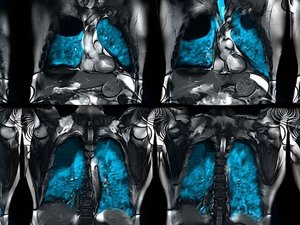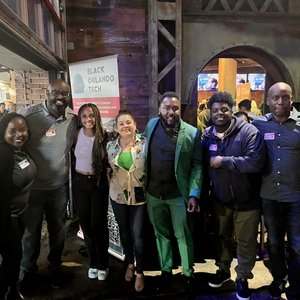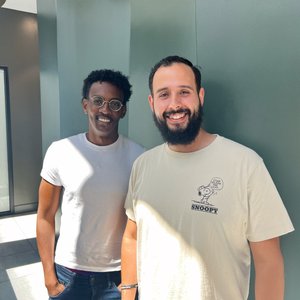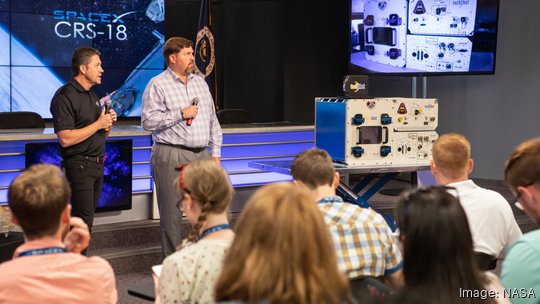
Sciperio CEO Kenneth Church’s daughter being born with only one lung triggered an interest in biology, which led him to explore possibilities for stem cells in cord blood.
In light of a deficit of parts available for transplants, scientists have been experimenting with innovative ways to grow human body parts from stem cells. That need led Church and his team at Orlando-based Sciperio to manufacture blood, and over time they've been able to reduce the cost of doing that by nearly 95%, with the goal of cutting the cost even more eventually — enough to compete with the cost of buying donated blood.
Sciperio along with partners Safi and BioFab were chosen for one of six winning “Point of Need Challenge” projects announced by the Department of Defense Manufacturing Technology Program, the company announced on June 12. The Department of Defense will invest nearly $2.5 million in the winning projects, and industry partners will contribute nearly $700,000 in cost share.
In a press release, the company noted its ability to manufacture blood on demand near a point of conflict, alleviating the military’s source and logistical concerns. The dual-use implications are apparent: While Church said Sciperio's science isn’t operating at a scale to replace the Big Red Bus, he envisions a future where it will.
Orlando Inno asked him to explain more:
Is this real? Are you making blood?
Yes. We call it manufactured blood. But it's real blood.
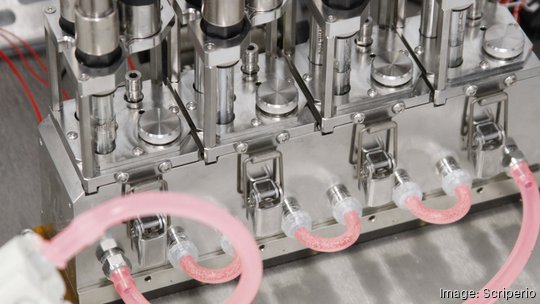
What’s the backstory?
We are signaling stem cells to become blood cells. A stem cell can become whatever kind of cell it wants. Signals from a stem cell’s environment guide the cell to decide what kind of cell it is going to be when it matures, and once it decides, it can’t go back. It’s called cell fate. So, your cells become skin cells, hair cells, fingernails.
The human body is an amazing bioreactor that tells stem cells what it wants them to do. So, we started literally trying to mimic what a human does. Turns out machines can be bioreactors, too, and that’s what we have.
The Defense Advanced Research Projects Agency started making red blood cells about 15 years ago, and that was good news, but it was about $480,000 a unit to make these cells at the time, and that was too expensive, obviously. We’ve been working on trying to get the cost down. When we started our program, we got to $27,000. Eventually we're trying to get it down to about $400 per unit and compete with the Big Red Bus. And that’s what this Department of Defense contract is about.
Why this matters: The wholesale price of donated blood is about $200 per unit, according to a American Journal of Hematology report published on April 25. A unit is about a liter (500 mL). A Department of Defense article said the blood supply is critically low, indicating manufactured blood could be an option for replenishing blood banks if manufactured blood can become affordable.
It’s one thing to tell a cell what to become, but it’s another to make cells. Can you explain that part?
Right. Now we’re talking about stem cell expansion. We do what's called population doublings. One cell becomes two and expands, that becomes four, then eight, 16, 32, 64, 128., and they expand out. Then after we get so many cells and we have a bunch, we then say, go be a red blood cell or go be a neutrophil or a white blood cell.
Where do you get stem cells to begin with?
When mama has a baby, he has placental cord blood that is thrown away. These days they ask mama, ‘Would you like to store some cells in case your child needs them for something in the future?’ I have a very personal story for this. My daughter was born with one lung. There was no option to store cord blood when she was born. So, my mission has sort of got to be, I wanted to grow her lung. Too bad she wasn’t missing part of her liver. Those things almost grow themselves.
Are there advantages to the blood you’re manufacturing over donated blood?
Most of the donors are older donors because younger people don't like to donate. But the blood we manufacture — which is real blood — is very young blood. It freezes and thaws better than the older donor blood. Our blood’s cells are healthier. We're very excited about where this is going, but right now the focus is on driving costs down.
How can you do that?
We put together the bioreactor and we put lots of sensors in it. You know how your body needs to be 98.6 degrees, right? We also keep the cells at 98.6 degrees. If the cells get too hot, they get a fever. It they get too cold; they get sick and then they don't grow. So, we maintain that temperature well, and then we feed them, and we must get rid of the waste. Instead of throwing the waste away, we recycle the waste, get rid of the bad part of the waste, add some stuff to it and feed it back in again. It’s recycling, and it dropped the cost by of blood manufacture 75%. That was a big step for us.
Can you connect this back to providing blood at the point of need, such as out in the battlefield?
Instead of shipping plain pools of frozen blood, we ship small vials. When it gets over there, we seed it, and we manufacture it — the expansion process I talked about earlier. So, we have a machine that’s a bioreactor and a machine that’s a bio-manufacturer. The bio-manufacturer expands the cells and makes the point-of-need application possible.
Sign up here for The Beat, Orlando Inno’s free newsletter. And be sure to follow us on LinkedIn, Facebook and Twitter.
